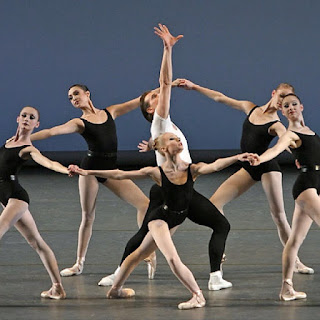Ballet: A striking contemporary Kullervo in Helsinki

The Kalevala is the Finnish national epic poem, compiled by a scholar in the 19 th century from myriad oral accounts collected from throughout Finland. It is a strange and gory epic, replete with incest, violence, heroes, and monsters. One portion of the epic deals with Kullervo, who is abused and sold into slavery by his parents, arranges for his abusive foster parents to be torn apart by wolves, rapes a girl who turns out to be his sister, and, consumed with remorse, lays waste to the countryside and finally commits suicide, falling on his implanted sword. All this carnage evokes memories of other Norse legends, Siegfried and the incestuous twins of Die Walküre . The young Jean Sibelius (1865-1957) set this tale in Kullervo , Op. 7 (1892). The work, previously unfamiliar to me, is a 70 minute orchestral tone poem in the tradition of Liszt, Smetana, and Richard Strauss, who had just completed his inaugural cycle (e.g. Don Juan , Death and Transfiguration ). The five movement

